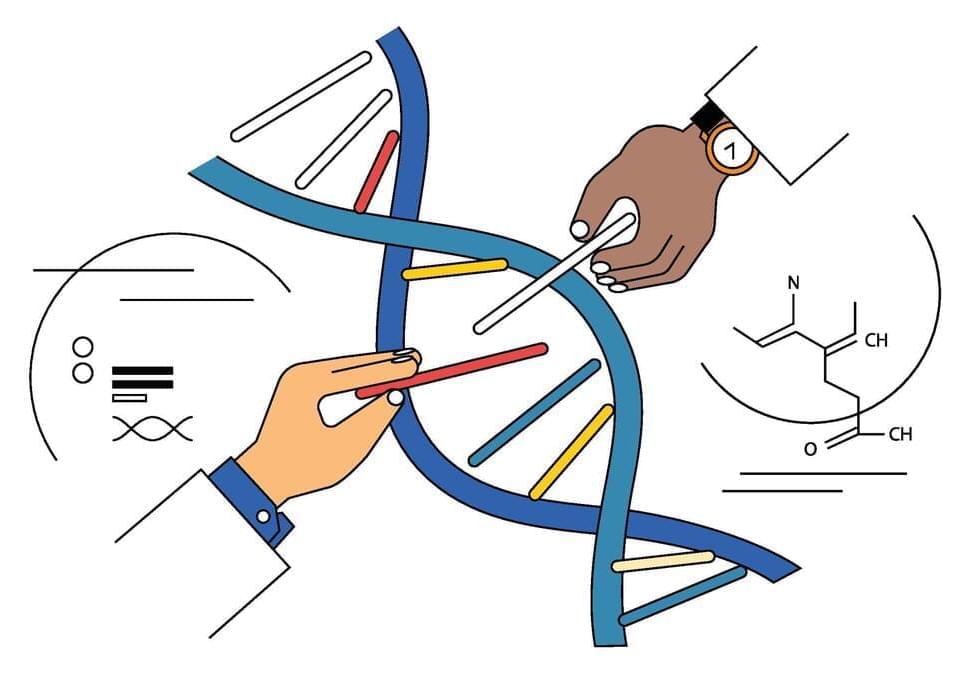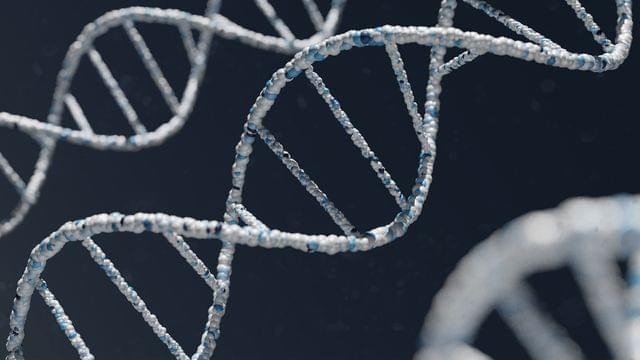In a recent study published in the journal Frontiers in Medicine, researchers evaluated fluorescence optical imaging (FOI) as a method to accurately and rapidly diagnose rheumatic diseases of the hands.
They used machine learning algorithms to identify the minimum number of FOI features to differentiate between osteoarthritis (OA), rheumatoid arthritis (RA), and connective tissue disease (CTD). Of the 20 features identified as associated with the conditions, results indicate that reduced sets of features between five and 15 in number were sufficient to diagnose each of the diseases under study accurately.

 The media frenzy surrounding ChatGPT and other large, language model, artificial intelligence systems spans a range of themes, from the prosaic –
The media frenzy surrounding ChatGPT and other large, language model, artificial intelligence systems spans a range of themes, from the prosaic – 

